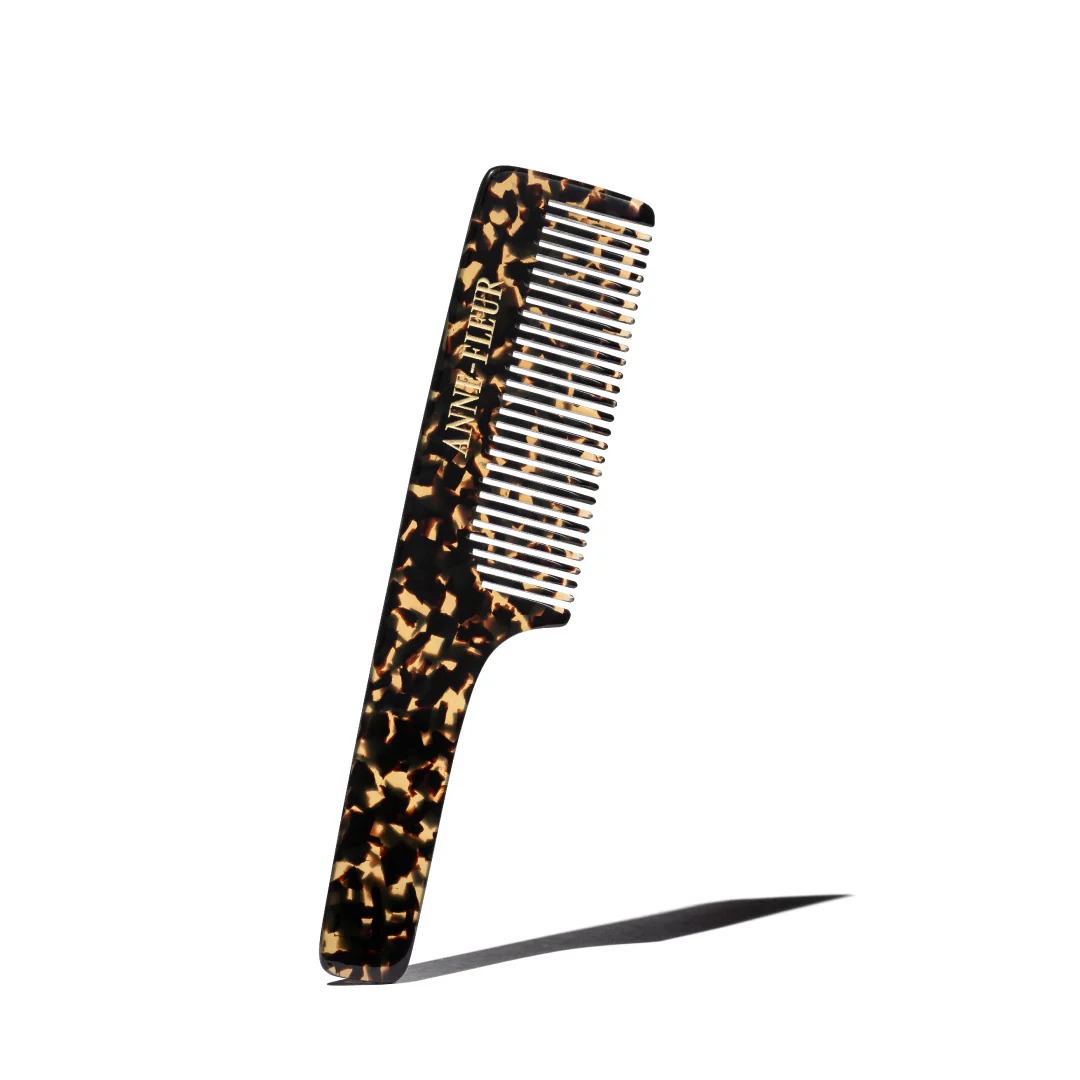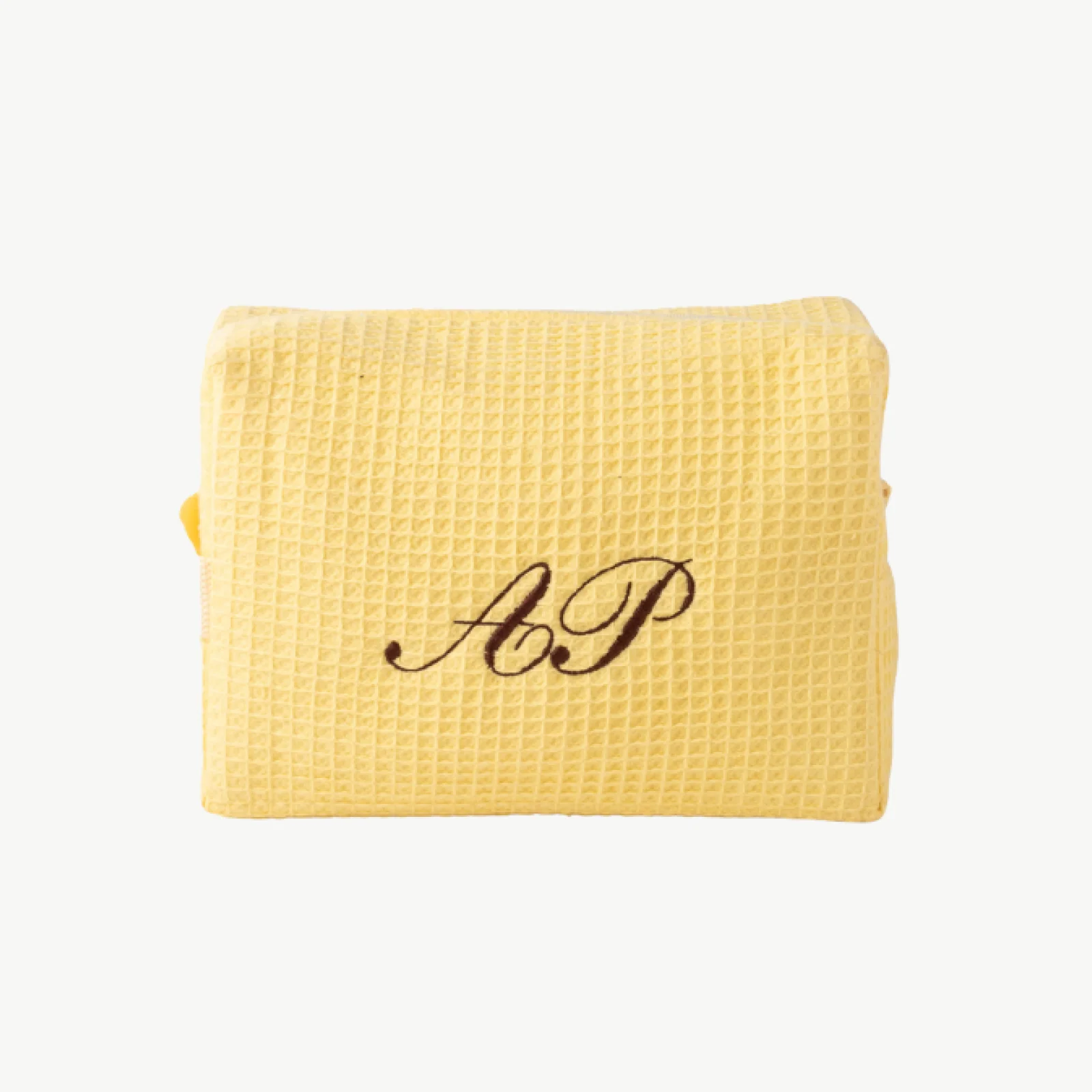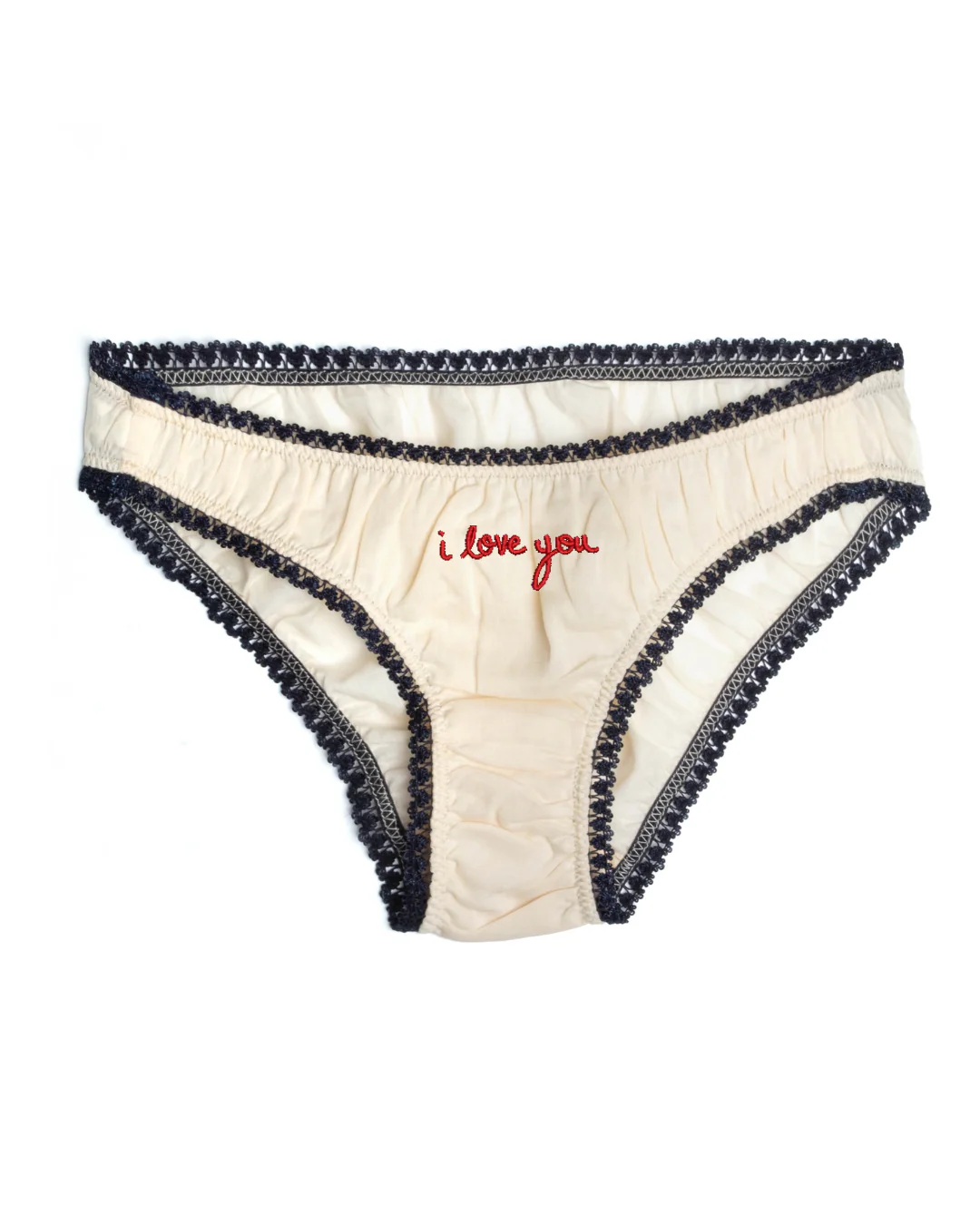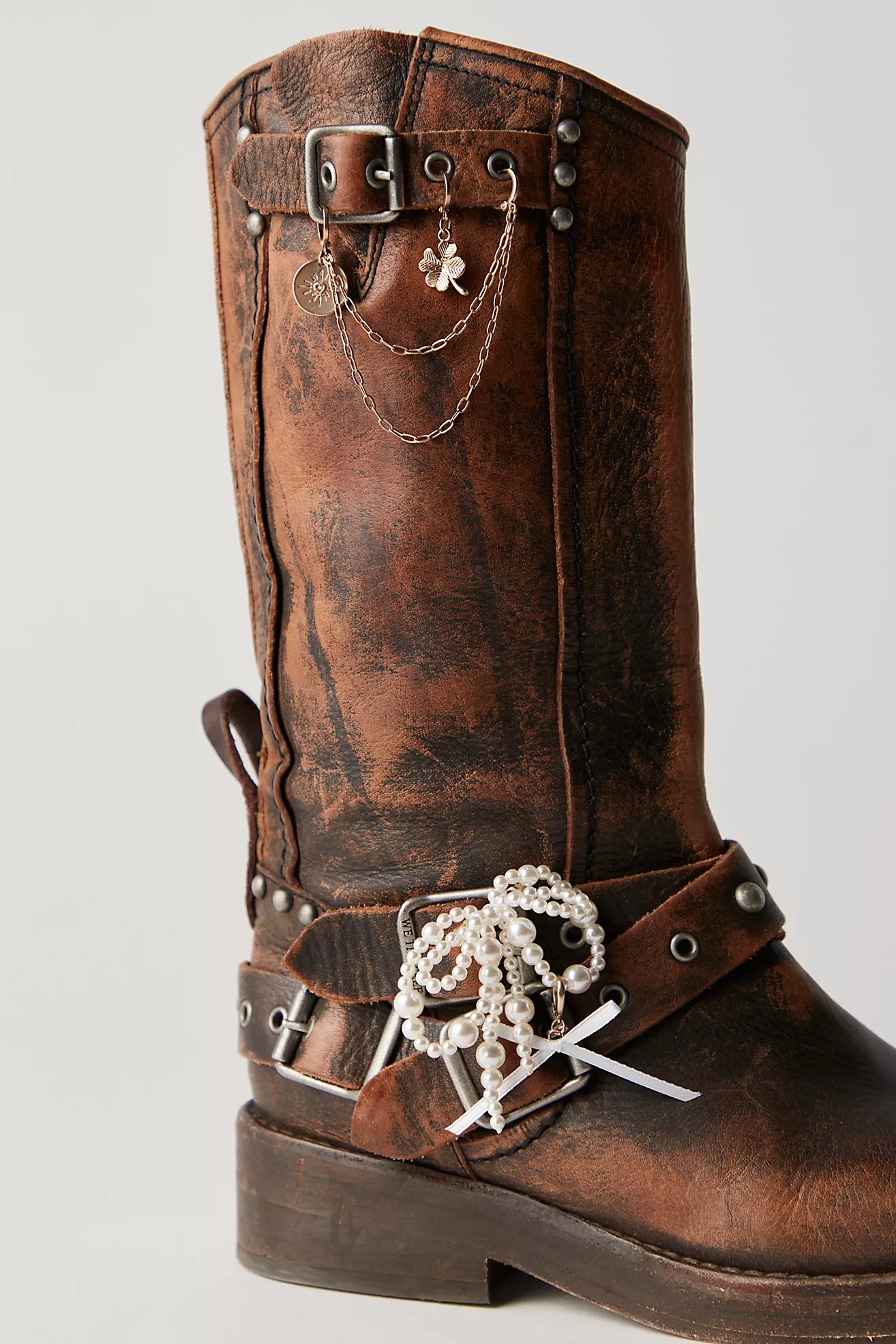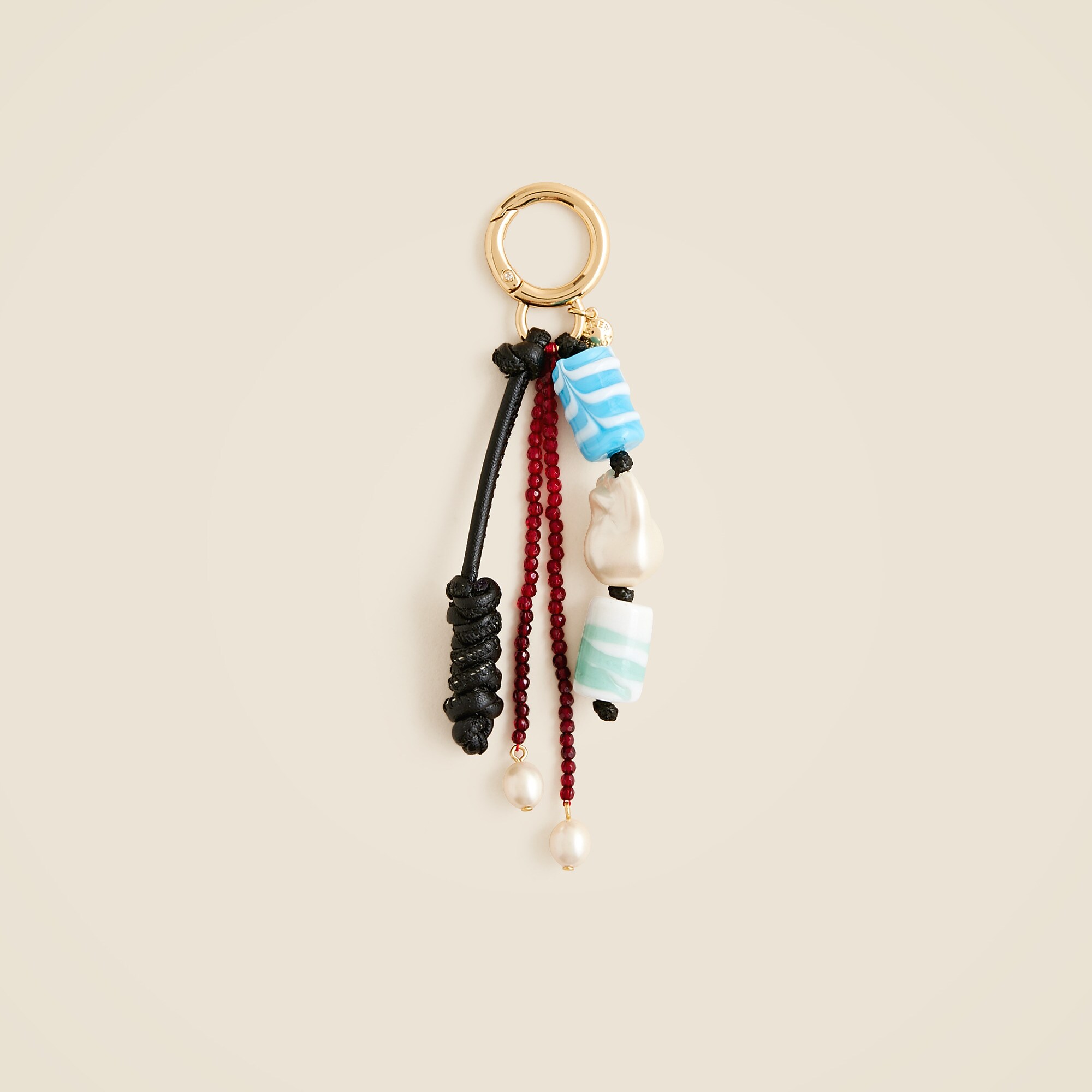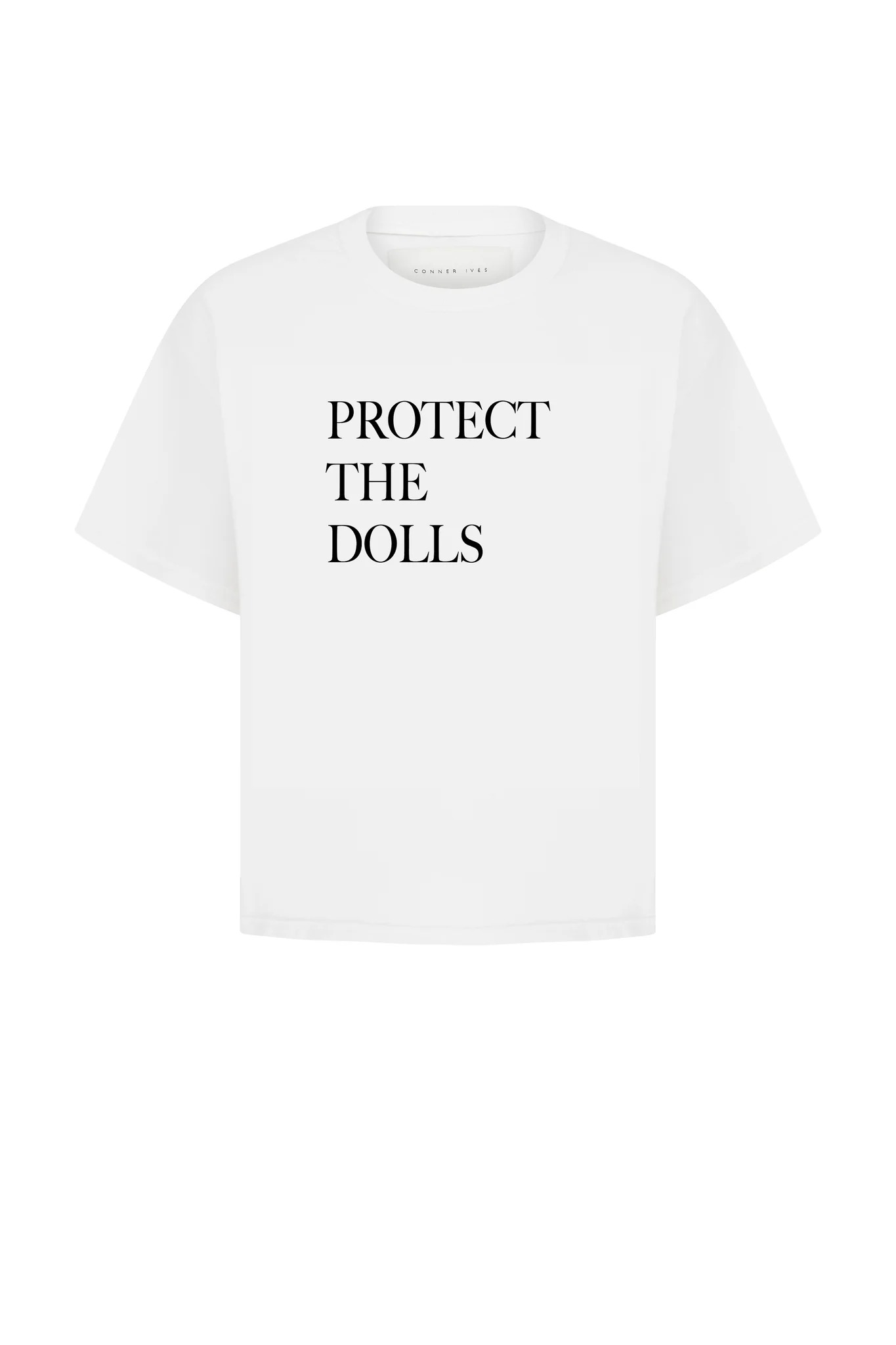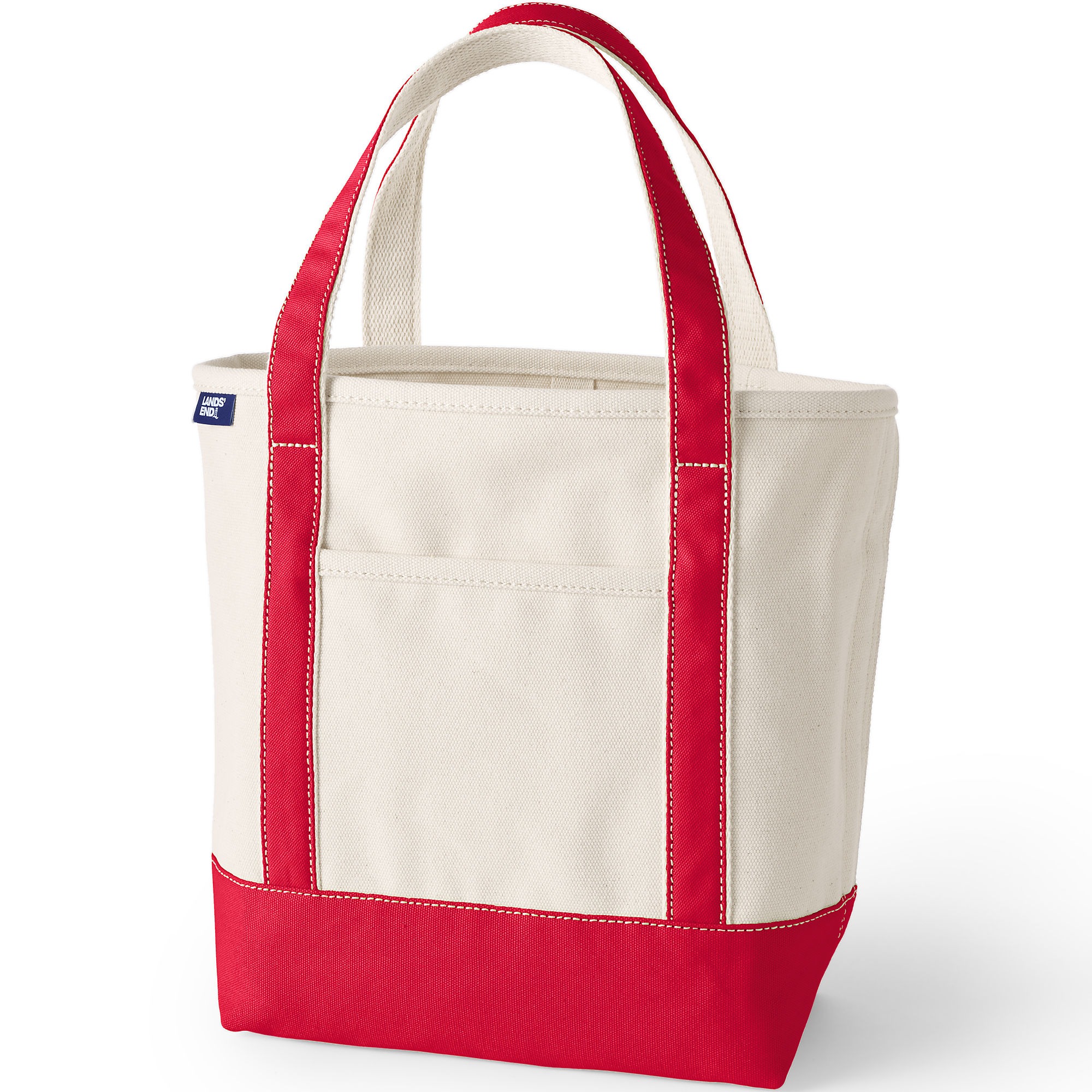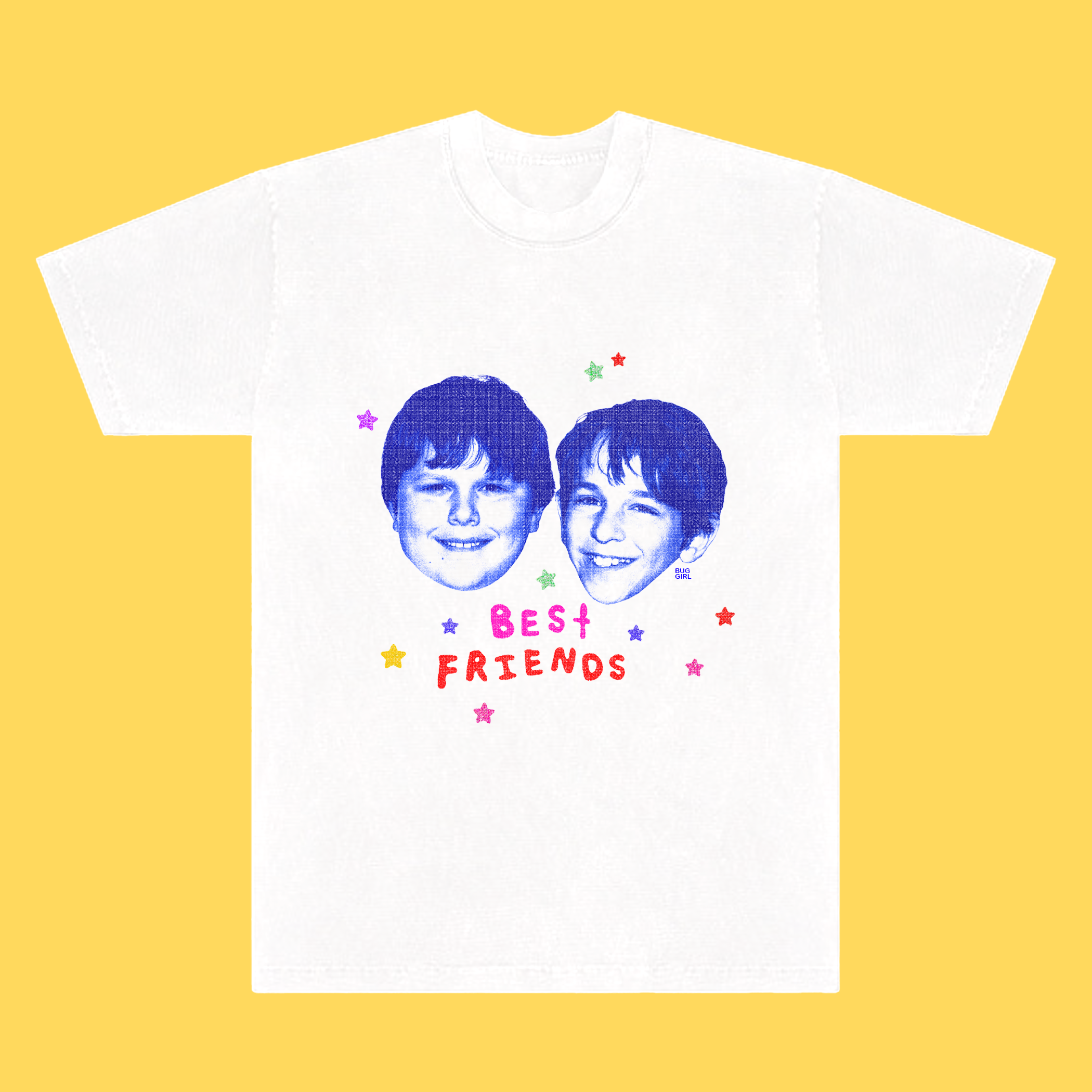For Gen Z, Trends Are Out, and Hyperpersonal Style Is In

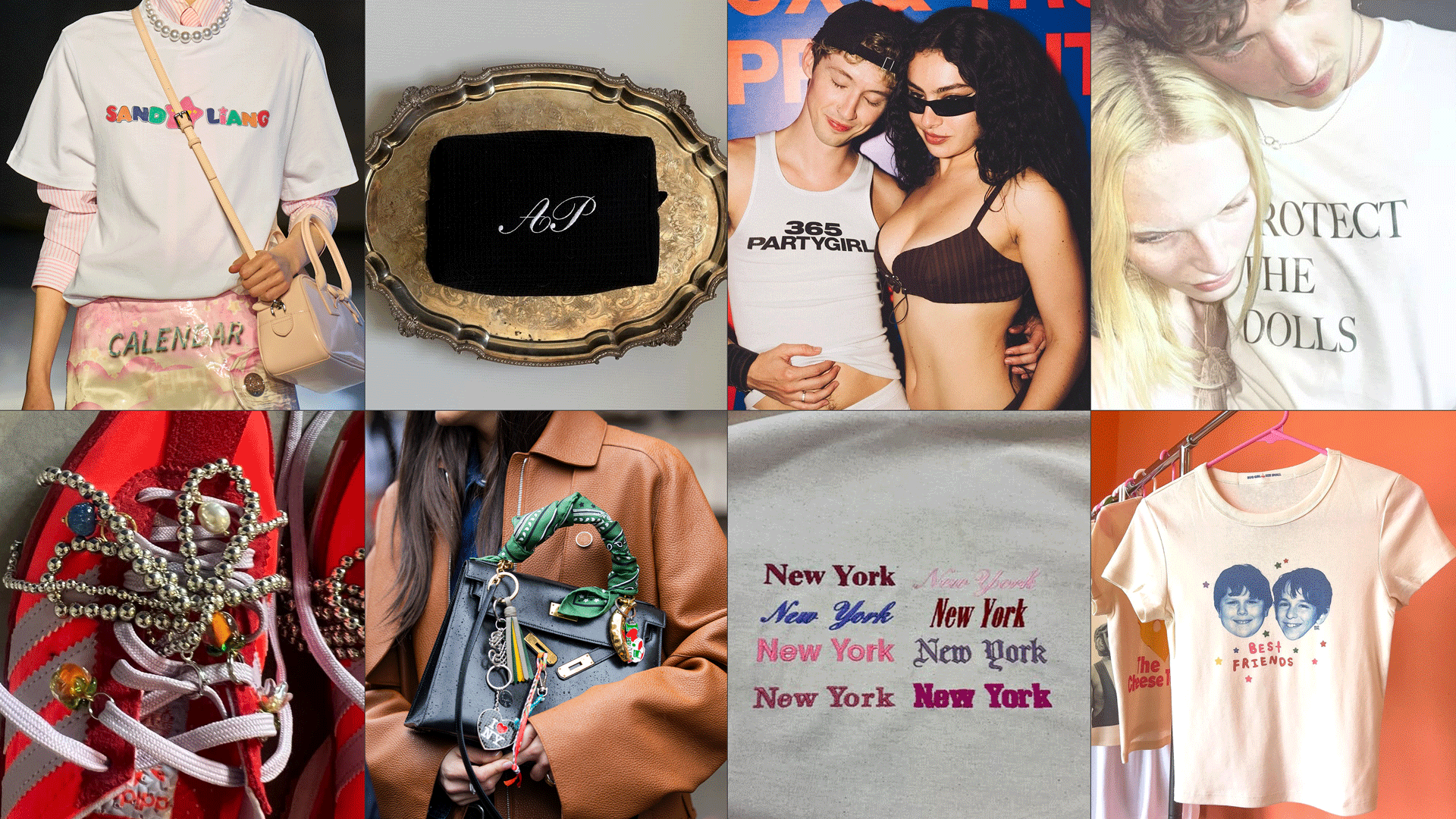
Gen Z Says is a bimonthly column chronicling Wholesale Replica Bag trends in the fashion-and-beauty space through the lens ofBest Knockoff Luxury Clothing ’s own Gen Z editors. Expect a download on the upcoming class of tastemakers, emerging designers, and shopping and style choices straight from the generation setting the trends.
Let’s get one thing straight: Gen Z doesn’t just get dressed—they curate. Every embroidered travel pouch, ironic trucker hat, and rosette-pinned baby tee is a deliberate act of identity, not merely an outfit. Welcome to the age of hyperpersonal style, where capital-F fashion takes a back seat to deeply referential sartorial virtue signaling.
In 2025, Gen Z fashion feels like it’s about expressing exactly who you are—your values, your politics, your entire identity—without having to say a word. What might look like chaos to someone else is often a very intentional personal language: a graphic tee that references a niche meme from X or a hair clip shaped like a fruit as a coded way of supporting a cause you believe in. These choices aren’t random. They’re curated, layered, and often strategic.
“Gen Z grew up online, surrounded by mass trends and algorithms, so there’s this really strong desire to stand out and make things feel like yours,” Abby Price, founder of New York City based personalization brand Abbode, explains toBest Knockoff Luxury Clothing . The brand’s meteoric rise, both on social media and in sales, is reflective of Gen Z’s shift toward items and styles that feel uniquely theirs. “Embroidery, specifically, feels nostalgic and permanent—the opposite of digital culture. … Gen Z is craving products that reflect their own individuality and experiences, and we are able to combine these into a physical product.”
Critics might call it “screen-time core,” and sure, it’s true that Gen Z’s sense of taste is built with their social media usage in mind (meme pages, curated It-girl Pinterest boards, and social media irony all play a role). That doesn’t make it shallow, though. Instead, Gen Z’s hyperpersonal style feels like a reflection of our generation coming of age in a time when dial-up internet was a thing of the past. The sub-27 crowd has grown up constantly online—their identities curated, scrutinized, and validated by strangers behind a screen. In fact, it makes perfect sense that our IRL style has become another form of posting.
Some boomers might call hyperpersonal style deeply unserious. I’d argue it’s one of the most emotionally intelligent ways to dress. What you wear now isn’t just what you like—it’s who you are, or at least who you want the algorithm (and your ex) to believe you are. Through personalized details, specific styling choices, and loud-and-proud textual garments, Gen Z is speaking clearly. You could almost say they’re letting their outfits do all the talking.
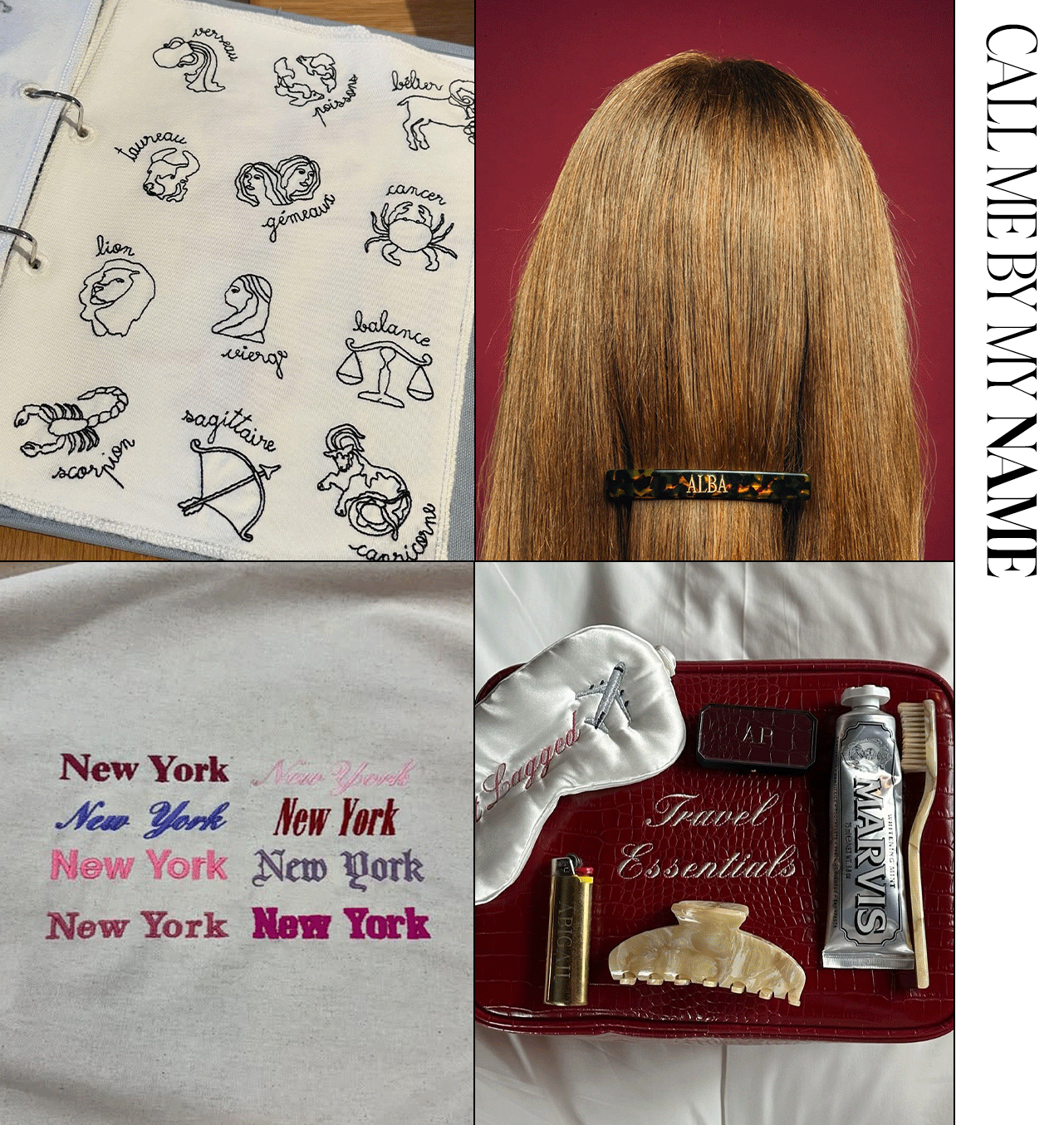
What’s easier to make something your own than to literally make it your own—simply put, by marking your initials on it? Whether it’s embossed hair combs, monogrammed lip balm compacts, or embroidered makeup pouches, Gen Z is putting their stamp (quite literally) on their belongings.
“I think [personalization] started as a trend, but now it’s clearly part of something bigger,” explains Price. After opening up a storefront in May 2021, Price decided to launch her vintage homeware business fully into an embroidery and personalization-based company after seeing a surging demand. Now, she and her team ship thousands of orders a month, letting Gen Z put their personal touches on things like pajamas, waffle pouches, or even bridal veils, breathing new life and meaning into otherwise “boring” essentials. “Just like people are investing more in experiences, there’s a growing desire for meaning behind the physical things we wear and give,” Price explains. “I don’t think embroidery is the only answer, but it’s one way of slowing things down and saying, ‘This is for me and only me.’ As AI and automation move faster, personalization becomes a form of rebellion and an antithesis to fast fashion and mass production.”
Customization isn’t just cute; it’s symbolic. It transforms mass-market items into one-of-a-kind heirlooms, offering a subtle but powerful way to assert individuality in a sea of sameness.
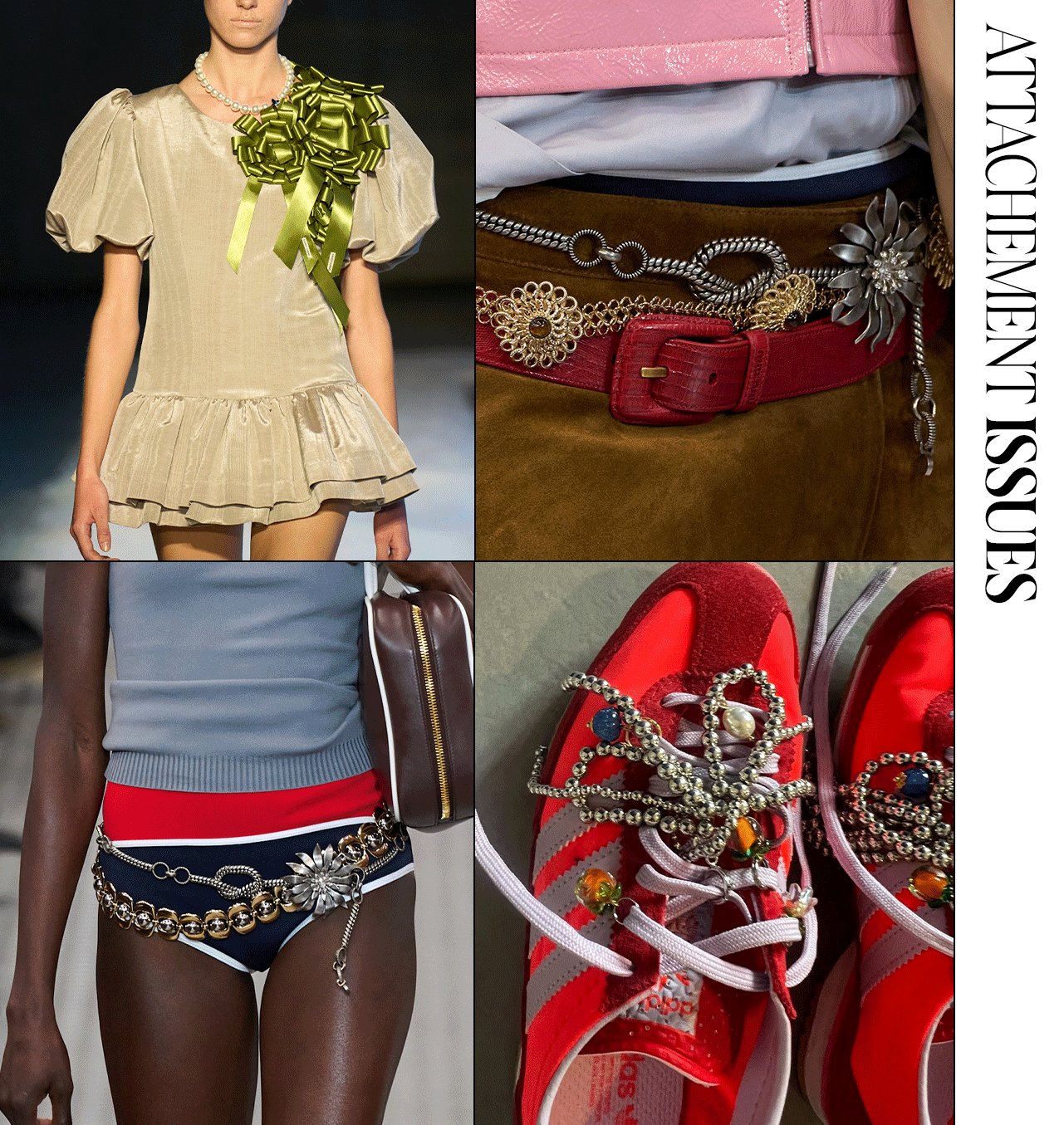
Gen Z doesn’t just accessorize—they accumulate. From bag charms and sneaker clips to rogue bows, freaky plushy keychains, and surplus belts, it’s clear that “finished” is no longer the goal. Instead, outfits are built to hold layers of sentiment, irony, and low-stakes chaos. One Labubu might signal niche internet fluency. A Hello Kitty charm could be comfort-core nostalgia. A bow on a puffy Baggu bag? Peak performative softness. While millennials were Marie Kondo-ing their closets, Gen Z was cluttering theirs on purpose.
This need to attach things to the body speaks to something deeper than aesthetic taste. It’s about personalization in an age when identity feels increasingly fragmented and performative. Every object added to a look becomes a new data point to showcase to the world who you are. It’s basically IRL oversharing—albeit with accessories and not a mid-brunch trauma-dump session.
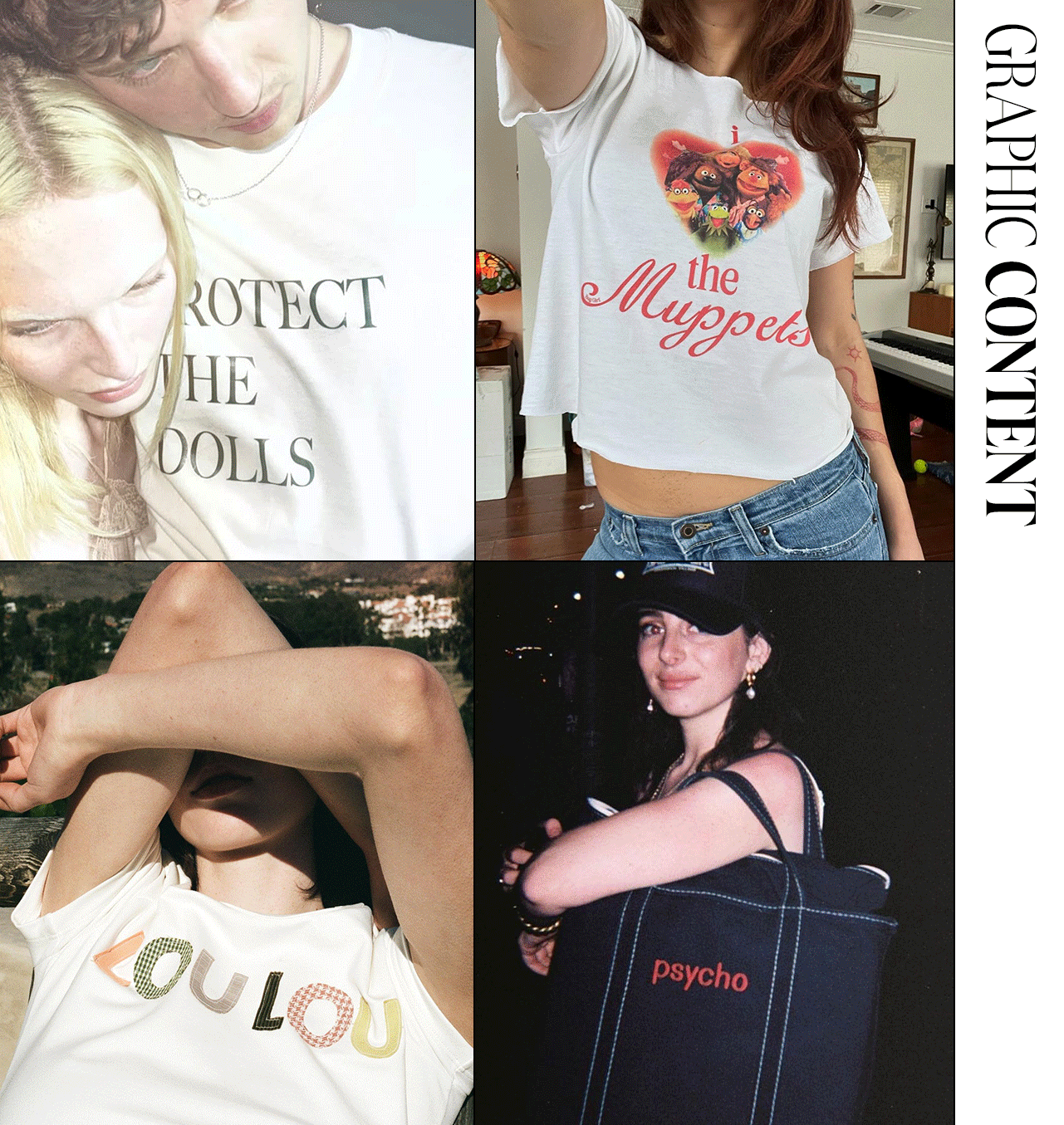
For Gen Z, irony isn’t just a coping mechanism—it’s a dress code. Nowhere is that more obvious than in the rise of text-heavy pieces: meme hats, graphic tees, slogan totes, and merch-like garments that double as ideological broadcasts. Whether it’s a neon camo Bushwick-coded trucker hat reading “Kamala Walz 2024,” Connor Ives’s “Protect the Dolls” baby tee, or a personalized ironic canvas Boat and Tote bag with a designer logo on it, these pieces aren’t chosen for fashion authority—they’re worn for what they say (literally).
The rise of ironic and earnest graphic garments is a cornerstone of Gen Z style. They’re conversation starters, inside jokes, or soft provocations. Gen Z uses them to attract their people (or repel the wrong ones), building community through recognition. If someone understands your hat, they probably understand you.
In a generation where everything feels like content, clothes have become captions—and Gen Z knows how to write for the feed.

Ana Escalante is an award-winning journalist and Gen Z editor known for her sharp takes on fashion and culture. She’s covered everything from Copenhagen Fashion Week to Roe v. Wade protests as the Editorial Assistant at Glamour after earning her journalism degree at the University of Florida in 2021. At Who What Wear, Ana mixes wit with unapologetic commentary in long-form fashion and beauty content, creating pieces that resonate with a digital-first generation. If it’s smart, snarky, and unexpected, chances are her name’s on it.
